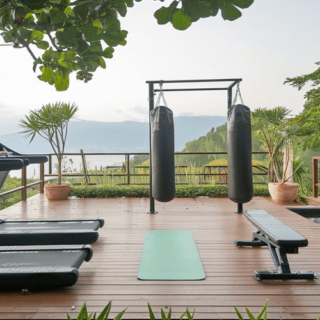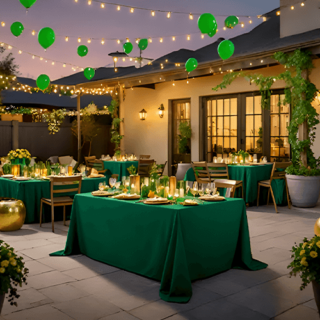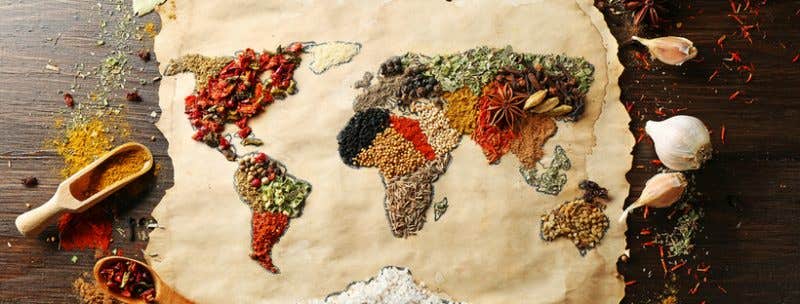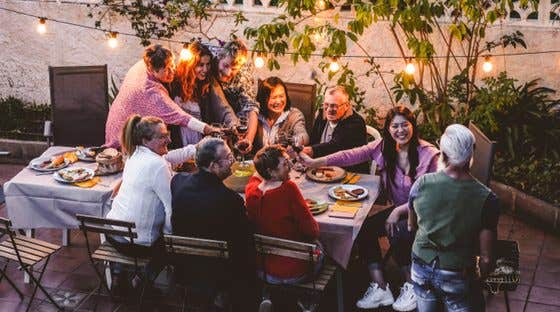Barbecue. Just the word is enough to get most of us salivating or nostalgic with the memories from our yesteryears. Despite local and regional variations, barbecue is, by far, the most universal cooking technique across the globe. From cooking meats and vegetables directly on the flame to placing the meat on charcoal to underground barbecue – there are several ways to acquire the smoky, juicy flavor!
Imu from Hawaii

Kalua pork is a common fixture in every Hawaiian luau spread. It’s a long and slow process that may take as much as 12 hours!
First, one has to prepare the imu – an underground baking pit that is lined with stones and banana leaves. For the imu, one needs to dig a hole about 3-5 feet deep. Then, wood is burned in the pit until the rocks turn white-hot. A whole pig, wrapped in banana leaves is cooked on these hot rocks, and later, covered with rocks, banana leaves, sand, and heavy-duty tarps.
A similar grilling technique is used in Māori cooking and goes by the name of Hāngi.
Churrasco from Brazil

Churrasco is a basic, no-fuss grilling style from Brazil.
Here, succulent cuts of beef, pork, lamb, or chicken are skewered and cooked directly over a wood fire. Once cooked, they are taken off the flame and served directly by shaving parts of the meat off the skewers and onto the plate. Eateries serving churrasco go by the name ‘churrascarias’.
This barbecue technique is also known by the name of “Asado” in Argentina, Chile, Paraguay, and Uruguay.
Tandoor from India

Tandoor is a vertical clay oven commonly used in India and even parts of Pakistan.
For the tandoori style of grilling, one has to lower the skewers of meat into the tandoor. As a tandoor reaches exceptionally high temperatures, it cooks the meat rapidly while retaining moisture. The hot walls of the cylindrical oven allow the meat to cook evenly from all sides without having to turn it.
Further, the marination on the walls and coal embers at the base impart an herby/spicy and smoky flavor profile. And while most grilling styles primarily focus on cooking meats and vegetables, a tandoor can also cook flatbread (roti and naan) if you slap on some rolled-out dough on the sides.
Al Ha’esh from Israel

Al Ha’esh is Hebrew for “on the fire” and is a Jewish grilling style common in Israel.
Naturally, the preparation of the food conforms to the Kashrut, which dictates Kosher food consumption. This barbecuing style incorporates a wide array of meats, such as chicken, steaks, fish, or shawarma, which are prepared over a wood charcoal mangal.
The grilled meats are then served with a side of pita bread and an assortment of flavorful sauces.
Gogigui from Korea

Gogigui is Korean for “meat roasting.”
It is a popular barbecue technique that often roasts thin slices of un-marinated meats like beef, pork, lamb, or chicken on charcoal grills until they are greasy and crisp. However, Gogigui also covers marinated and thick cuts or short ribs, such as the Bulgogi or Galbi. All the meats are served alongside a variety of banchan.
Typical Gogigui grills are portable and can be set up on the table. Given the proximity of the food preparation, it would be wise to throw on some sofa covers to protect your furniture, if you are trying this grilling technique at home!
Japanese Grilling Styles

Japanese grilling styles are highly diverse, slowly gaining recognition around the world.
- Hibachi
- Shichirin
- Irori
- Konro
- Teppan
- Yaki
These grills give rise to delectable grilled foods in the form of teppanyaki, yakitori, yakiton, yakiniku, sakana no shioyaki, robatayaki, and kabayaki.
Inihaw from the Philippines

Inihaw is the Filipino version of Lechon or a whole suckling pig. The dish is of Spanish origin and was popularized by colonialists across the Philippines, Dominican Republic, Cuba, Puerto Rico, and other Austronesian and Latin American countries. In fact, it is the national dish of the Philippines, Puerto Rico, Cuba, and Spain!
The preparation of the pig varies on whether you are having the Luzon Lechon or the Cebu Lechon. This difference also extends to the cooking styles where the former is cooked over coconut husk charcoal, and the latter is cooked over a woodfire.
Grilling Safety Tips
Before you are ready to grease up your grill and pull off those personalized grill covers and get cooking, here are a few tips on how to stay safe while barbecuing.
- Know your grill and its equipment. Read the manual to know the role of parts like the lid, grease tray, fuel line regulator, and more.
- Since grilled food items are often piping hot, use metal utensils rather than plastic.
- Oil your grill before firing it up, and wait for at least five minutes right after to let the grill heat up.
- Separate the raw food from the cooked food.
- Avoid putting water on the grill. Instead, cover it up until the heat regularizes.
- Clean your grill after every time you use it.
- When not in use, cover your grill or barbecue with grill/BBQ covers to protect them from weathering agents.

















Recent Comments